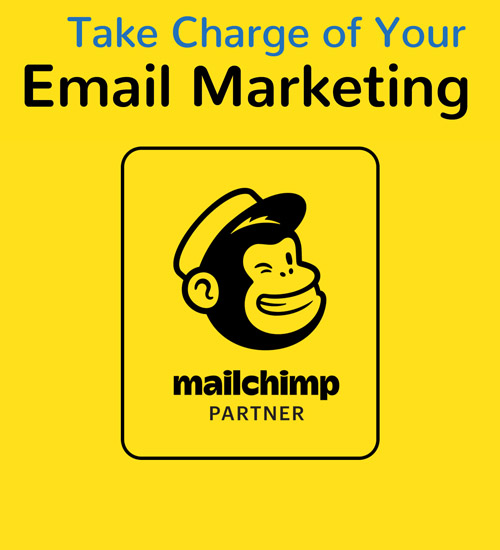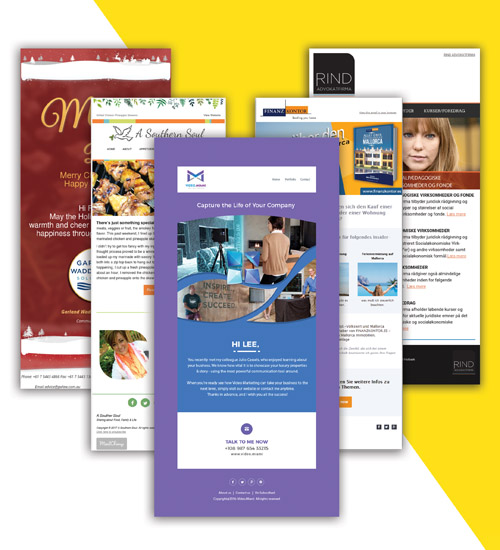In the realm of email marketing, success isn’t merely a roll of the dice. It’s a finely tuned symphony of strategy, data, and experimentation. And at the heart of this symphony lies A/B testing, a powerful tool that allows you to optimize your email campaigns. Let’s dive into the science of A/B testing and uncover the hidden insights it offers when using Mailchimp.
What is A/B Testing?
A/B testing, often referred to as split testing, is a method that involves sending two (or more) variations of an email to different segments of your audience to determine which one performs better. This testing methodology is essential for understanding your audience’s preferences and maximizing the impact of your email campaigns.
The A/B Testing Process
- Hypothesis: Start by formulating a hypothesis. What specific aspect of your email are you testing? It could be the subject line, the content, the call-to-action (CTA), or even the sender’s name.
- Segmentation: Divide your audience into two random, but equally sized, groups: Group A (the control group) and Group B (the test group). Group A receives the current version of your email (the control), while Group B gets the new version with the changes you want to test.
- Testing: Send out the emails and collect data on key metrics, such as open rates, click-through rates, and conversion rates.
- Analysis: Analyze the data to determine which version of the email performed better. Did the test group (Group B) show significantly higher engagement?
- Implementation: Implement the winning version as your final email to the remaining audience or in future campaigns.
Mailchimp’s A/B Testing Capabilities
Now, let’s explore how Mailchimp enhances the science of A/B testing:
- Easy Setup: Mailchimp makes it effortless to set up A/B tests. You can test different subject lines, content, send times, and even entire email templates.
- Sample Size Optimization: Mailchimp helps you determine the appropriate sample size for your test to ensure statistically significant results.
- Automatic Winner Selection: Mailchimp can automatically send the winning version of the email to the rest of your audience, saving you time and effort.
- In-depth Reporting: The platform provides detailed reports on A/B test results, allowing you to gain insights into what worked and what didn’t.
Hidden Insights from Mailchimp A/B Testing
- Subject Line Magic: Mailchimp’s A/B testing reveals the subtle nuances of subject lines. You can uncover which words, emojis, or styles resonate best with your audience.
- Content Optimization: Dive into the depths of content optimization. Discover the type of content that captures your audience’s attention and encourages them to take action.
- CTA Effectiveness: A/B testing lets you dissect the effectiveness of different calls-to-action. Learn which CTAs drive the most clicks and conversions.
- Personalization Impact: Experiment with personalization elements in your emails. Mailchimp’s A/B testing can reveal whether personalized greetings or product recommendations make a difference.
In Conclusion
A/B testing isn’t a guessing game; it’s a scientific approach to refining your email marketing strategy. Mailchimp’s A/B testing capabilities provide invaluable insights that can elevate your campaigns. By continually testing and optimizing, you can fine-tune your emails to perfection, improving engagement, conversions, and ultimately, your return on investment.
So, don’t overlook the science of A/B testing when using Mailchimp. Embrace it as a powerful ally in your quest for email marketing success. With Mailchimp’s hidden insights, you can unlock the full potential of your email campaigns and leave nothing to chance.




